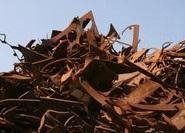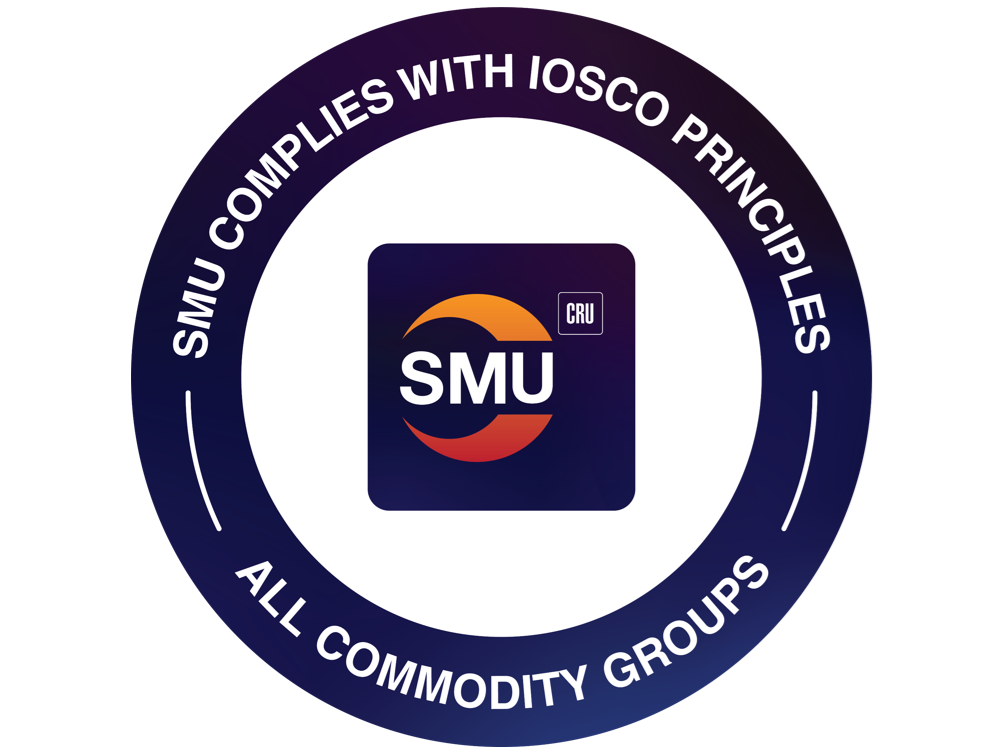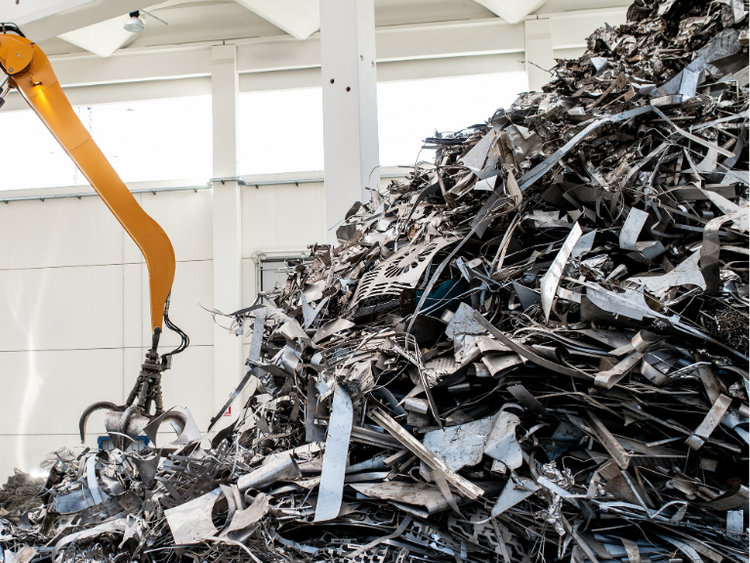Scrap Prices North America

July Scrap Down Just $10—Is This the Bottom?
Written by Tim Triplett
July 9, 2019
Ferrous scrap prices for July settled down $10 per ton in the Western Pennsylvania/Ohio/Indiana markets, stayed sideways in the southern markets, and saw a combination of the two at points west, reported Steel Market Update sources. “This is a far cry from recent expectations of down $20-30/GT and represents what I believe is the bottom of the ferrous scrap market,” said one scrap exec, echoing a common theme.
He noted that the country’s largest scrap consumer was the most aggressive buyer with regards to price, entering the national market at sideways rather than attempting to drop prices. “It remains to be seen if August prices rise as there is still lackluster demand at most mills,” he added.
The eastern and southern markets were stronger, trading sideways, while the Detroit and Ohio Valley markets traded off $10/GT, confirmed another SMU source. “Despite some weakness in the interior markets, the country’s largest ferrous broker was more aggressive in buying than it had been recently, which is the primary support for the market. That does not mean that every buyer was trying aggressively to procure scrap. Some mills continue to operate with too much scrap inventory and weak order books.”
Export demand and pricing for scrap continues to be substantially stronger than U.S. demand. Export shred is trading at more than a $40 per ton premium to U.S. domestic shred on an FAS shipping point basis for shred that could move from the coast to the domestic mills. “That dynamic won’t last forever,” the source added.
Before the Fourth of July holiday, most market participants were confident that July pricing was the lowest scrap would trade for the foreseeable future (i.e., the bottom), and that better prices could be expected in the months to come. That seems highly dependent on how much the late summer doldrums dent yard inflows, as they normally do, and how much prime supply is available after the July dealer shipments and the Nucor DRI plant shutdown, said one dealer. “But ultimately, we need finished steel buyers to return to the market with considerably more strength once they see firmer demand from their customers. With the recent weak manufacturing reports, it is not a given that will happen so soon.”
Ryan McKinley, CRU North America analyst, said a few factors are at play in July scrap prices. On the obsolete scrap side, flows into dealer yards have slowed to the point where supply has tightened enough to prevent much more downward pressure on prices. The export market also picked up in late June and helped prevent any scrap from the East Coast to flow inland. Prime grades found support from increasingly higher iron ore prices, which helped keep pig iron prices elevated. In some areas, such as Detroit, prime scrap supply was crimped by outages at automotive manufacturers, as well, he explained.
Looking ahead to August, McKinley expects scrap prices to rise, though how much is difficult to predict. “I doubt steel mills are very keen to lower scrap prices again now that they are trying to push through finished steel price hikes. Moreover, during the May-August timeframe, price changes tend to balance one another out. If this were to occur this year, we would see a $60/GT uptick in August. However, as it stands and I have to throw a dart at the board, I’d say August is up $20 or so.”
U.S. Steel’s idling of two of its basic oxygen furnaces (BOFs) could have a significant impact on scrap demand, McKinley added. “These idlings are removing about 200-225kt of finished steel from the market. If even half of that is made up by other electric arc furnaces (EAFs), we could see a noticeable uptick in scrap demand based on the change in input alone.” BOFs use iron ore and little scrap, while many EAFs use well north of 90 percent scrap in their melts.
Added another source: “The USA scrap market has bottomed with dealers who have not sold their July generation holding out for sideways or better. This leaves the prospect for an August rise almost a given. The export market has risen and it looks like Turkey will have to buy more scrap for August and September. Prices are expected to rise $10-15/MT.”
Pig iron price have held firm at $355-360 per ton as USA mills booked over 100,000 tons, he added.

Tim Triplett
Read more from Tim TriplettLatest in Scrap Prices North America

Busheling and shredded tags drop, widening HRC vs. prime scrap spread
US scrap prices fell on busheling and shredded in October, while HMS remained flat, market sources told SMU.

SMU successfully completes IOSCO review
SMU has successfully completed an external review of all our prices. The review has concluded that they algin with principles set by the International Organization of Securities Commissions (IOSCO).

October scrap market settles with bush down $20, shred down $10
Most mills sought a drop of $20-40 per gross ton (gt) in busheling prices and a $20/gt dip for shredded and HMS. Despite efforts to buy cheaper, the busheling price settled at down only $20/gt.

HRC vs. busheling spread widens again in July
The price spread between prime scrap and hot-rolled coil widened marginally again in July.

US ferrous scrap market lands flat in July
The US ferrous scrap market settled sideways in July.
